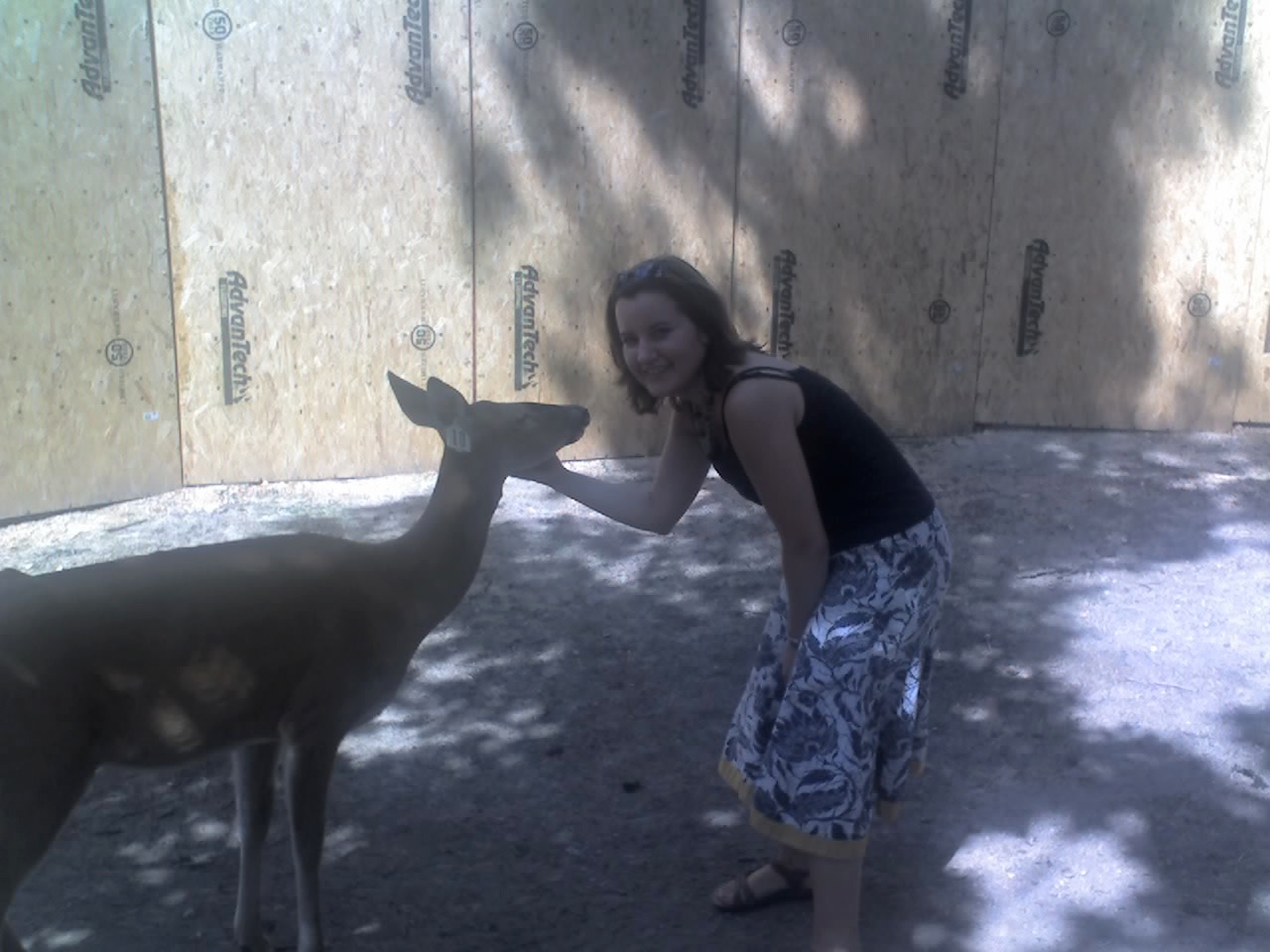Four-year-old Erin Jacobs of Jeffersonville, Penn. went to Merrymead Farm in 2000 to pet the animals and learn about farm life. Her learning experience included contracting E. coli O157:H7 and an eventual kidney transplant.
At the 2005 Florida Strawberry Festival, a 7-year-old Tampa girl and a 53-year-old St. Petersburg woman who visited the petting zoo acquired E. coli O157:H7, required extensive medical treatment and settled lawsuits for millions of dollars.
Last month, several cases of cryptosporidium, which causes severe diarrhea, were diagnosed across Greater Manchester (U.K.) after people visited local farms on educational trips.

There have been over 20 outbreaks of severe illness from petting zoos in the past decade.
And now, Canadian researchers have reported that operators and visitors at petting zoos in Ontario aren’t doing what they are supposed to be doing.
Scott Weese, a clinical studies professor at the University of Guelph, and colleagues report in the July 1 edition of Clinical Infectious Diseases that in a study of 36 petting zoos in Ontario between May and October of 2006, they observed infrequent hand washing, food sold and consumed near the animals, and children being allowed to drink bottles or suck on pacifiers in the petting area.
So seven years after 159 people, mainly children, were thought to be sickened with E. coli O157:H7 traced to a goat and a sheep at the 1999 Western Fair in London, Ontario, and seven years after all Canadian fairs were urged to adopt 46 recommendations to enhance petting zoo safety, many are still doing a lousy job.
In commenting on the Florida settlement last month, Seattle attorney Bill Marler said, "It’s a hard lesson for petting zoos and county fairs to learn, but they really need to do more than what they have been doing."
Weese noted that risk can be significantly reduced by locating hand-washing stations at the exit of a petting zoo, posting signs promoting good hygiene and educating people about the risks of bringing food, beverages or items that may end up in a child’s mouth into the zoo.
Such measures echo recommendations issued in 2001 by the U.S. Centers for Disease Control and Prevention. Unfortunately these reports and recommendations do not offer advice on how to ensure that fair operators are actually doing what they are supposed to be doing.
In 2003, U.S. researchers, in a study of livestock at 29 county and 3 large state agricultural fairs, found E. coli O157:H7 in 13.8 per cent of beef cattle, 5.9 per cent of dairy cattle, 3.6 per cent of pigs, 5.2 per cent of sheep, and 2.8 per cent of goats. Over seven percent of pest fly pools also tested positive for E. coli O157:H7.
The bad bugs are there and handwashing may not be enough to get rid of them.
The E. coli O157:H7 that sickened 82 people in 2002 at the Lane County Fair in Oregon appears to have spread through the air inside the goat and sheep expo hall. In a case-controlled study, health investigators found that the percentage of sick people who washed their hands after leaving the Lane County animal barns — 31 percent — was only slightly lower than the percentage of healthy people who washed their hands — 36 percent. In other words those who washed their hands were at almost the same risk of contracting E. coli, O157:H7. One child sickened at the fair, 23-month-old Carson Walter of Eugene, spent a month at Doernbecher Children’s Hospital before coming home.
These learning experiences raise questions: how best to motivate fair managers to provide petting zoos that are microbiologically safe? Should the urban public be allowed to interact with livestock at all? Should petting zoos be inspected, as restaurants are, and the results displayed?
Prof. Hugh Pennington of the U.K. has gone so far as to say that children under five (who are more vulnerable because of their still-developing immune systems) should be banned from visiting livestock farms because of the serious risk of acquiring E. coli O157:H7 infection from farm animals. Such a ban already exists in Sweden.
There is much to learn from interacting with animals, farms, the world. The challenge is to do so in a microbiologically safe manner.
Douglas Powell is scientific director of the International Food Safety Network at Kansas State University
foodsafety.ksu.edu
dpowell@ksu.edu
